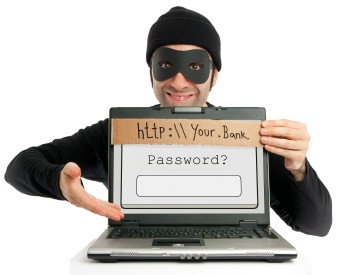 Let’s face it: most of us are online bankers. Some even use mobile banking to keep our affairs in order. And some of us take advantage of the online ‘view check’ feature that allows us to see scanned versions of paid and received checks. Come on. It’s hard to keep track of every check I write. Sometimes I just need a little reminder about where that $76.23 went.
Let’s face it: most of us are online bankers. Some even use mobile banking to keep our affairs in order. And some of us take advantage of the online ‘view check’ feature that allows us to see scanned versions of paid and received checks. Come on. It’s hard to keep track of every check I write. Sometimes I just need a little reminder about where that $76.23 went.
So here’s the bad news. Thanks to banking trojans like Zeus, phishing, and keyloggers, online banking information can be stolen including log-ins and passwords. Once inside your account, cybercriminals can view your online checks and voila. Now they have all the information they to create fake checks.
Not only can they now commit check fraud, but they can even take an extra step to verify your account balance to ensure transactions will go through. To make it even more bulletproof, they also recommend using checks for retail purposes rather than redeeming them for cash. So what if you get asked for ID? No problem. They advise opportunists to carry matching identification cards, which they offer to provide of course.
When I think about it, it makes sense. My check clearly has all my personal information in plain view: my name, address, and banking information (account, routing code, transit number, and check number). Check forging seems pretty easy actually. Just like Catch Me If You Can, it looks like check fraud is on the rise once again. And it’s not just attacking individuals. This scam is also linked to corporate bank accounts in the US, UK, and China.
Cybercriminals are always looking for new ways to make money using tricks that deliver results. In this case, it looks like they’re using an innovative multi-pronged approach that makes traditional fraud schemes even more successful. Online bankers watch out!





